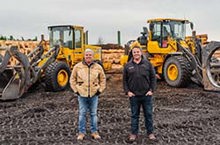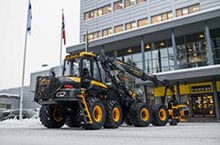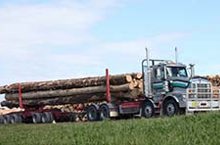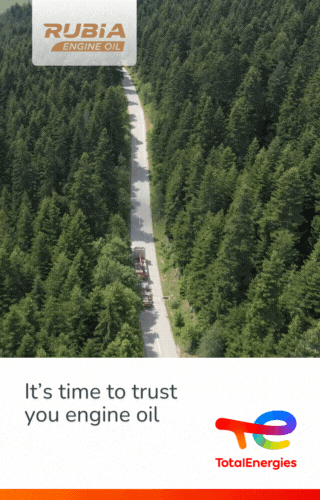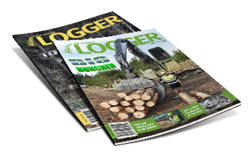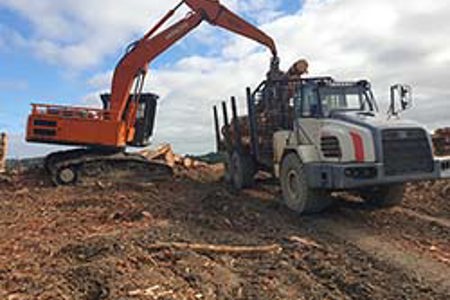
Logging has always been defined by a complex balance between innovation, cost management, and environmental stewardship say the University of Canterbury’s Trevor Best and Rien Visser. Among the strategies gaining traction within this balancing act is “two-stage” trucking - a system that introduces an intermediate transport stage between initial log extraction and final load-out. Ten percent of all logging operations in New Zealand now involve some form of two staging, they say. This has prompted Forest Growers Research and the University of Canterbury to partner in exploring the benefits, and challenges, of two-stage trucking, offering insights into its viability as an approach that could prove useful in promoting more sustainable logging.
Research by both the University of Canterbury and Scion highlights multiple advantages of two-stage trucking, namely:
Reduced infrastructure costs: By enabling smaller landings and shorter, lower-standard roads, two-stage trucking can minimise the cost of road construction and maintenance. For example, one researcher demonstrated a 27% reduction in roading length and a 47% decrease in skid area requirements.
Environmental benefits: Smaller landings and fewer roads translate to reduced environmental impact. Two-stage systems can mitigate erosion risks and avoid encroachment on sensitive areas, such as riparian zones.
Operational flexibility: Intermediate trucks provide the ability to process logs at centralised skids, optimising sorting and loading. This separation can boost productivity and allow for a broader range of log grades, potentially increasing profitability.
Enhanced safety: By separating extraction and loading activities, two-stage trucking lowers the risk of accidents associated with congestion and improves overall operational safety.
While two-stage trucking offers compelling benefits, it is not without its challenges including cost consideration and coordination complexity.
Nonetheless, as New Zealand’s forestry sector faces increasing pressure to balance profitability with sustainability, this system holds promise for challenging harvesting and roading conditions as three case studies that examined two-stage systems using modified 6WD dump trucks demonstrated.
To read more, get your copy of the March 2025 edition of NZ Logger magazine, on sale from 3 March. Check the link on this page to subscribe to either a printed or digital copy (or both).

